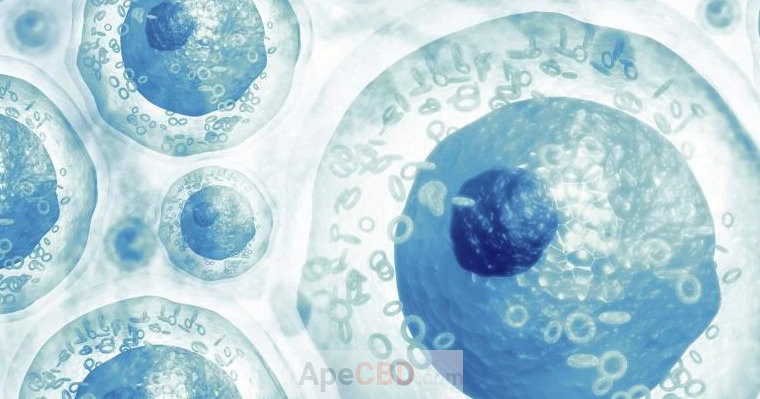
Introduction:
Stem cells are a remarkable and versatile type of cell with the unique ability to develop into various specialized cell types. These cells serve as the foundation for the development, growth, and repair of tissues in the body. Harnessing the potential of stem cells has opened up new avenues in the field of regenerative medicine, offering hope for treating a wide range of diseases and injuries. In this article, we will explore the basics of stem cells, delve into the concept of stem cell therapy, and highlight some compelling examples of their applications in regenerative medicine.
Understanding Stem Cells:
Stem cells can be broadly categorized into two types: embryonic stem cells and adult (or somatic) stem cells. Embryonic stem cells are pluripotent, meaning they have the potential to differentiate into any cell type in the body. Adult stem cells, on the other hand, are multipotent and are found in specific tissues, contributing to the regeneration of cells within those tissues.
Stem Cell Therapy:
Stem cell therapy involves the use of stem cells to repair, replace, or regenerate damaged or diseased cells and tissues. This therapeutic approach holds immense promise for treating a variety of conditions, including neurodegenerative diseases, cardiovascular disorders, and injuries to bones and tissues. The two primary sources of stem cells for therapy are embryonic stem cells and adult stem cells.
Examples of Stem Cell Applications in Regenerative Medicine:
- Treatment of Neurological Disorders:
Stem cells have shown great potential in the treatment of neurodegenerative diseases such as Parkinson's and Alzheimer's. Neural stem cells can be directed to differentiate into specific neuronal cell types, replacing damaged cells in the brain. - Cardiovascular Repair:
Stem cells, particularly mesenchymal stem cells, have been explored for their ability to repair damaged heart tissue after a heart attack. These cells can differentiate into cardiomyocytes, promoting the regeneration of healthy heart muscle. - Bone Marrow Transplants:
Hematopoietic stem cells found in bone marrow are commonly used in the treatment of various blood-related disorders, including leukemia and lymphoma. These cells can differentiate into different blood cell types, restoring the patient's blood cell production. - Treatment of Autoimmune Diseases:
Mesenchymal stem cells have immunomodulatory properties, making them a potential treatment for autoimmune diseases like rheumatoid arthritis and multiple sclerosis. They can regulate the immune response and reduce inflammation. - Corneal Regeneration:
Limbal stem cells, located in the eye's cornea, play a crucial role in maintaining corneal integrity. In cases of corneal damage or disease, limbal stem cell transplantation can promote corneal regeneration and restore vision. - Skin Regeneration:
Epidermal stem cells contribute to the regeneration of skin tissue. Stem cell therapy has been explored for the treatment of burn injuries and chronic wounds, accelerating the healing process and minimizing scarring.
Conclusion:
Stem cell therapy has emerged as a revolutionary approach in regenerative medicine, offering hope for patients with conditions that were once considered incurable. Ongoing research continues to explore new ways to harness the potential of stem cells, expanding the scope of treatments available. As our understanding of stem cells deepens, the future holds the promise of more advanced and personalized therapies, bringing us closer to a new era in medicine where regeneration becomes a reality.

